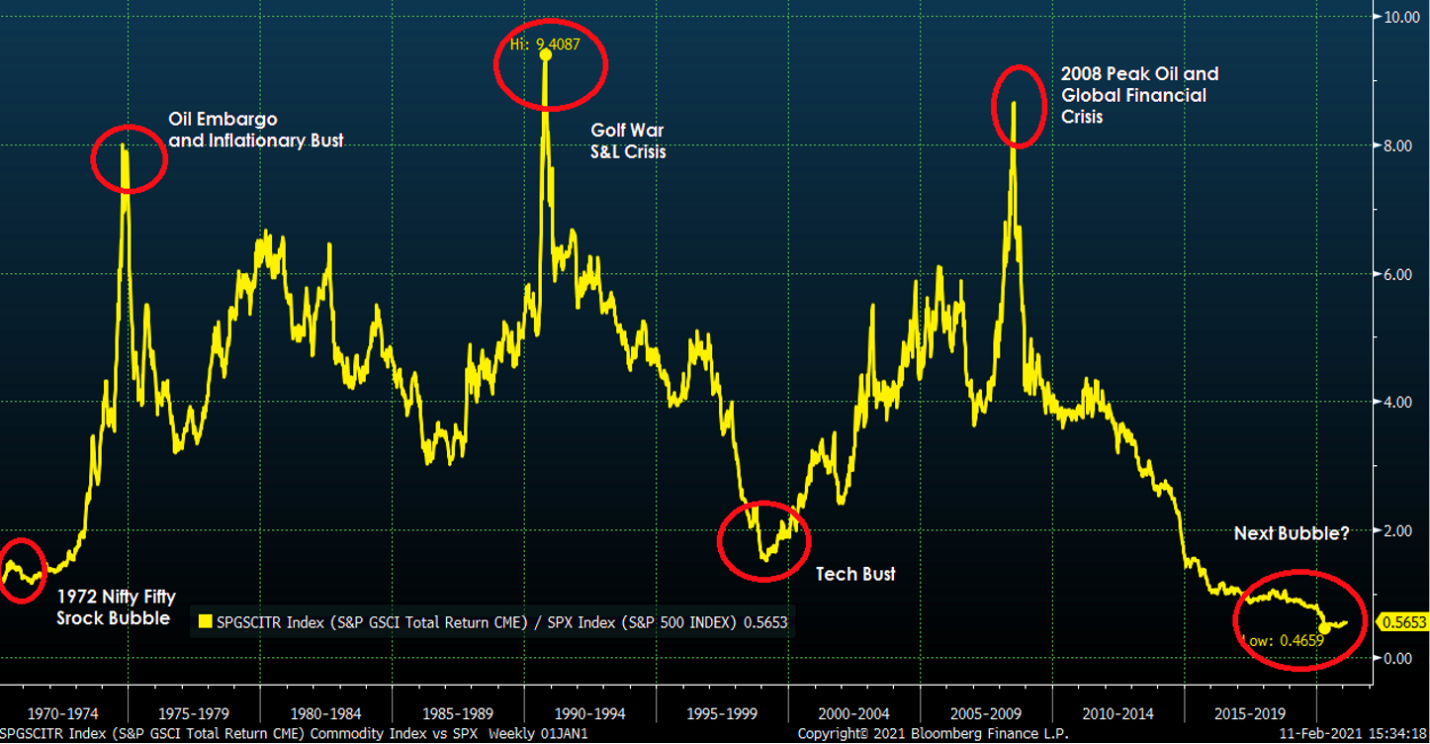
Commodity market activity is tracked by the S&P GSCI, a commodity index component of the broader S&P 500 index. Investors in commodities frequently use the index as a reference point. A GSCI fund is a diversified, long-only, and leverage-free way to invest in the underlying futures market.
The Goldman Sachs S&P GSCI
Commodity Index before Standard & Poor's 2007 acquisition of the company. Although S&P Dow Jones Indices produce both, the GSCI and the Dow Jones Commodity Index are not interchangeable (DJCI).
Methods Behind the S&P GSCI
The physical commodities with active and liquid futures markets are included in the S&P GSCI, and the index is weighted based on global output. S&P GSCI may contain any number of commodities whose contracts meet the eligibility requirements and other conditions stipulated in this methodology.
However, this still allows the index to accurately reflect the relative importance of each component commodity to the global economy. Commodity index weights are determined using a four-stage formula based on global output. When Standard & Poor's took over the S&P GSCI, they didn't modify the index's methodology in any way.
Transacting on the S&P GSCI

The S&P GSCI is mirrored by several exchange-traded fund options for those interested in investing. The S&P GSCI measures inflation in major world currencies. As a result, it may be applied to the formation of funds with minimal correlations to more common types of investments. This index is followed by the iShares S&P GSCI Commodity Index ETF.
The S&P GSCI's Individual Components
The index's components are selected according to liquidity metrics and given weights based on their relative importance in the global economy. As a result, the GSCI is useful as a measure of general economic health and a tool for gauging commodity market performance. Reference Percentage Dollar Weights for the S&P GSCI are listed in the table below for 2021.
Problems with the S&P GSCI Index
There is a possibility that having your futures contracts rolled by the S&P GSCI is not the best way to invest. Futures contracts can be influenced by contango and backwardation, which can alter the performance of commodity futures relative to the underlying commodities.
Even more so than with straightforward automated rolling systems, expert commodities traders might theoretically benefit from contango and backwardation. We think this is a serious shortcoming of the S&P GSCI. Similar to the early objections of stock market index funds, this may be more theoretical than actual.
Variables of Other Commodity Indices

The Credit Suisse Commodities Benchmark Index, the Rogers International Commodities Index, and the Bloomberg Commodity Total Return Index are all highly followed and traded commodity indices. Metals, agricultural items, and energy commodities like oil and gas are only some of the 28 futures contracts tracked by the Dow Jones Commodity Index, a weighted index. Knowing the ins and outs of commodity index weighting and rebalancing is crucial. Due to these distinctions, tracking product efficacy will inevitably degrade with time.
Multiple Resources Available
Commodities are included in the S&P GSCITM to the greatest extent, with the rules omitting them solely to preserve liquidity and underlying futures markets. Six energy goods, five industrial metals, eight agricultural products, three animal products, and two precious metals make up the current 24 commodities in the S&P GSCITM.
The S&P GSCITM benefits from a wide spectrum of diversification because of the wide variety of commodities that make up the index. The S&P GSCITM benefits from this diversification because it dampens the impact of highly idiosyncratic occurrences, which have a major influence on certain commodities markets but are less noticeable in the aggregate.
Consequences of the Economy
Commodity inclusion in the S&P GSCITM is based on the average annual output over the preceding five years. This methodology accounts for global production. The S&P GSCITM benefits greatly from this weighting as both an economic barometer and a measure of investment success.
When calculating the relative importance of several commodities as economic indicators, the weight given to each item should reflect its relative importance in the economy. For instance, the extent to which a doubling of the price of maize affects inflation and economic growth is directly proportional to the quantity of grain utilized in the economy.
Included and Excluded Assets' Liquidity Requirements
Commodities are evaluated for inclusion in the S&P GSCITM based on their liquidity. The criteria for eligibility are set up to encourage efficient execution at a low cost and genuine. Hedging derivative products and investing in sub-sector or specific commodity overlays are simplified when there is sufficient underlying liquidity.
In addition, the S&P GSCITM components' genuine market values may be easily discovered thanks to the liquidity in the underlying futures markets. Returns on the S&P GSCITM are computed using the weighted average of long holdings in futures contracts that have not been liquidated.


